I traveled around Europe by train on a budget of $96. Here are 7 things that impressed me so much that I'd definitely do it again.
Mikhaila Friel

- I traveled around three European countries via train, and the experience was magical.
- My journey began in Luxembourg and Belgium, and I took a separate trip to Norway a few weeks later.
I traveled around Luxembourg, Belgium, and Norway via train, and was blown away by the experience.
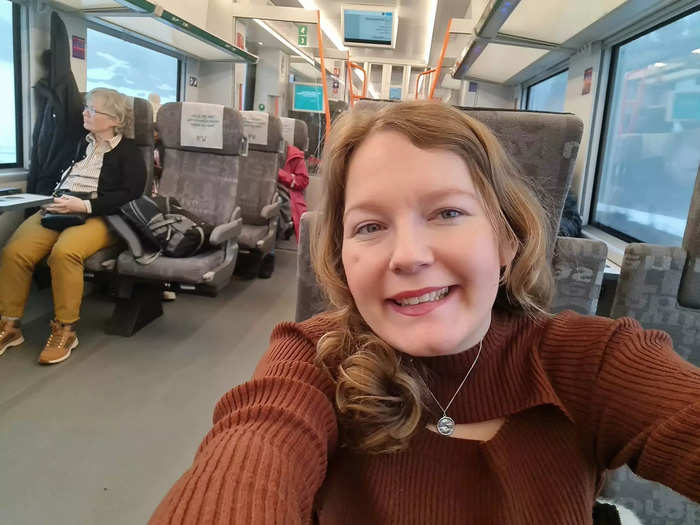
I'm a big fan of train travel, and I often travel via train in my home country of Scotland, UK. I was always curious to see what train travel was like in other parts of Europe, and in March I got the opportunity to do so when I visited Luxembourg, Belgium, and Norway.
I spent a week in Luxembourg and Belgium for a work trip at the beginning of the month, before spending four days in Norway for a personal vacation at the end of the month.
I traveled by train in all three countries on a combined budget of $96, and was blown away by the affordable ticket prices, the quality and comfort of the trains, and the stunning scenery I witnessed on board.
All three countries offered different things, but the one thing they had in common was the impressive public transport.
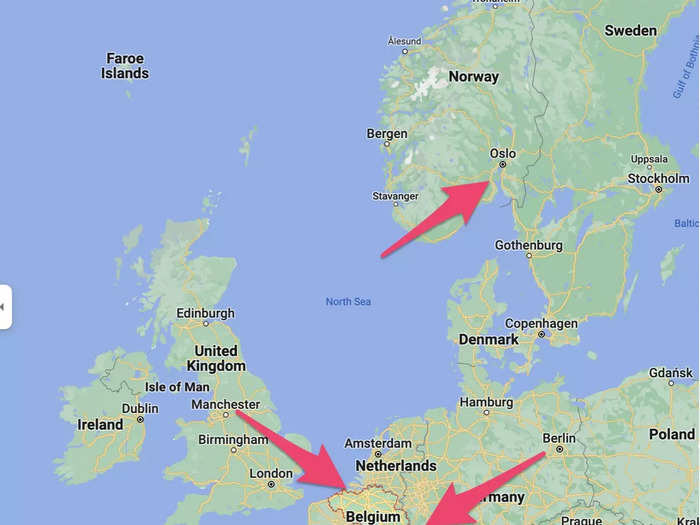
I started my travels in Luxembourg, a small country that shares borders with Belgium, France, and Germany that's known for its beautiful countryside and historic castles.
After three days in Luxembourg, I traveled via train to Brussels in Belgium, where I spent another three days. I was eager to visit Belgium, as the country is known for its stunning architecture and chocolate. While the trains there aren't free, they were affordable and just as comfortable as in Luxembourg.
At the end of March, I spent four days in Norway, a Scandinavian country that's famous for its Viking history and natural landscape, including mountains, greenery, and fjords, which are deep inlets of water between high cliffs. During my visit, I traveled via train from Tønsberg, the country's oldest city, to Oslo, the capital city.
I spent a total of $96 on my various train journeys.
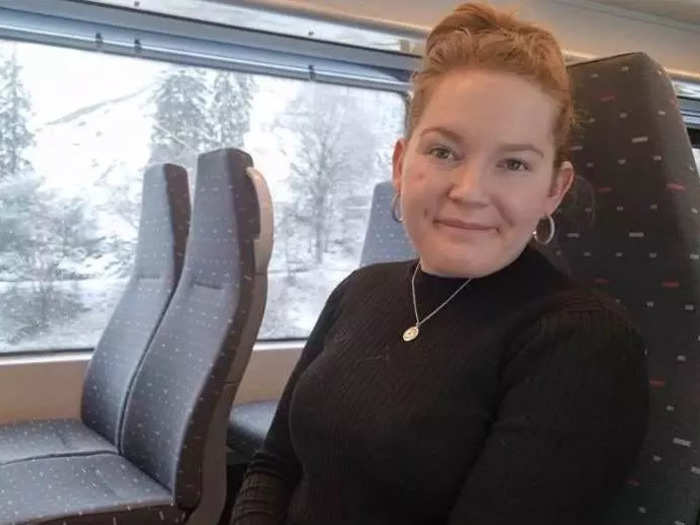
I spent $0 on trains while traveling within Luxembourg, as public transport in the country has been completely free for residents and visitors since February 2020 as part of the government's plan to support people living on lower incomes, a spokesperson for the government's mobility department told Insider during my visit.
I spent $25 on a three-hour train from Luxembourg to Belgium, and I had to pay for the ticket since the train's destination was outside Luxembourg. While in Belgium, I spent $44 on a round trip from Brussels to Bruges, which took one hour each way.
Finally, while vacationing in Norway, I spent two days in Tønsberg before taking a train to Oslo. The journey took just over one hour and cost 293 Norwegian Krone, or around $28.
Here's what impressed me most about my European rail experiences.
In Luxembourg, I was seriously impressed that the country offers free public transport.
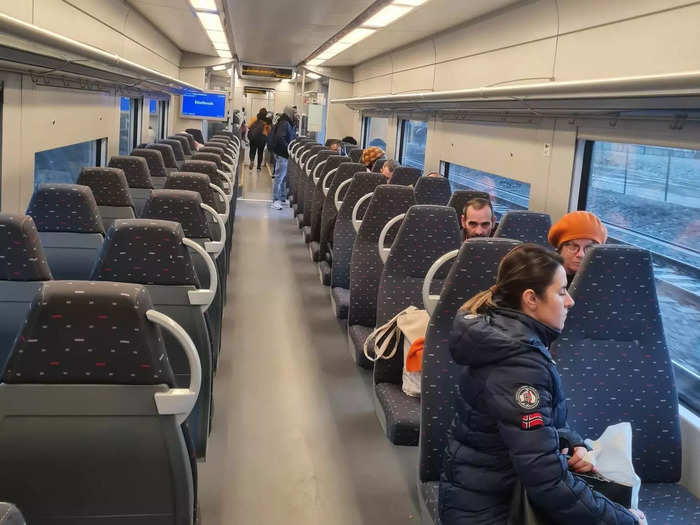
Trains, trams, and buses are all free of charge in Luxembourg, and I made use of all of these modes of transport. I explored Luxembourg City via tram before taking a train and a bus to Clervaux in the countryside on March 6.
My original plan was to take two trains, which would take just over an hour; my first train from Luxembourg City to Ettelbruck in northern Luxembourg took around 20 minutes, and I had intended to take another train from Ettelbruck to Clervaux before finding out it was canceled. But I didn't need to worry, as there was a replacement bus service waiting outside the station as soon as I arrived.
The train seats were comfortable, the carriages were spacious and clean, and I was pleasantly surprised that the train operator had arranged a replacement bus for part of the journey instead of canceling the service completely.
When traveling from Luxembourg to Belgium, I was taken aback by the snowy scenery.
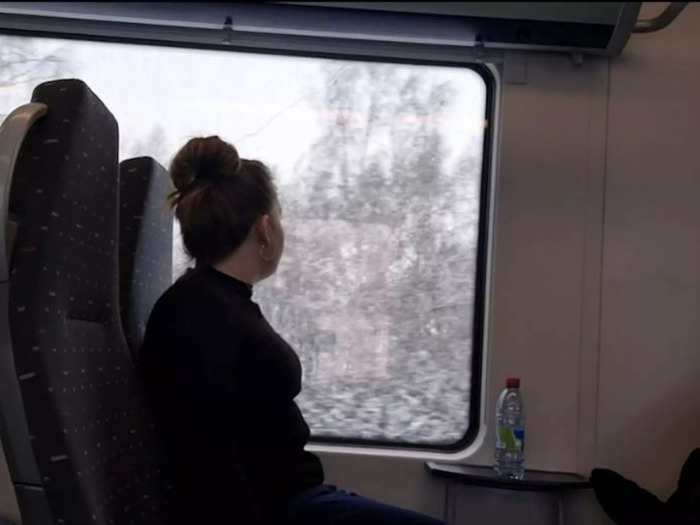
On March 8, I traveled from Clervaux, Luxembourg, to Brussels, Belgium. The journey, which was operated by Belgian rail company SNCB, required one transfer at Liėge-Guillemins, Belgium, and took approximately three hours in total.
The trains in Luxembourg all had luggage shelves above the seats and a trash can at the end of the carriage. There wasn't a dining car or power outlets to charge electronic devices, which didn't bother me since the journeys were so short.
I sat at a table of four with a window seat, and was most impressed with the gorgeous winter scenery during the journey. It had started snowing in Luxembourg the day before my journey, so I got to witness frosted hills, forests, rivers, and fields.
I was a little nervous to navigate the train alone in a country where I didn't speak the language, but I didn't need to be.
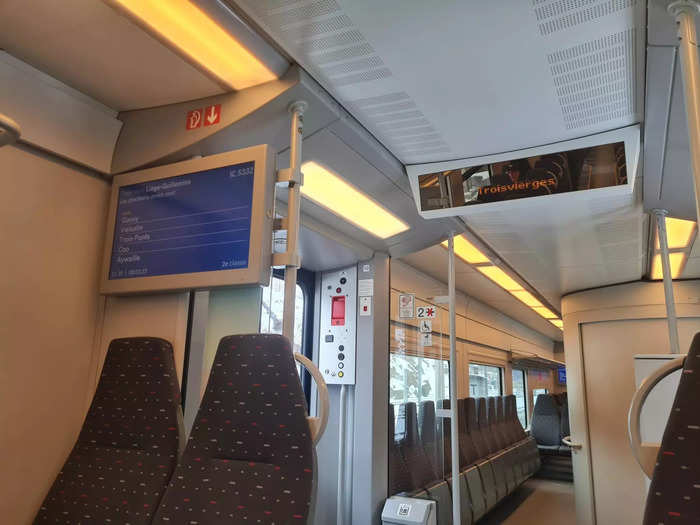
I was traveling alone and I don't speak French, which is the main language spoken in Luxembourg. Therefore, I wondered if I would run into any barriers when navigating the journey. But it turned out to be incredibly easy since there were digital screens in each carriage which shared all the essential information about the journey.
A member of staff, who appeared to check my ticket about an hour into the journey, spoke to me in English, so I felt assured that I'd be able to communicate if I required assistance.
The trains I took in Belgium had two floors, which is something I haven't experienced on trains in the UK.
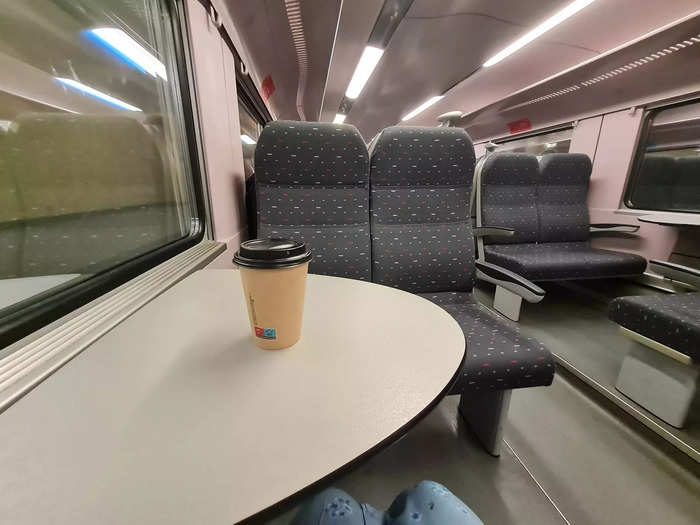
My connecting train from Liėge-Guillemins to Brussels took an hour and 12 minutes, and it was incredibly enjoyable thanks to the high vantage point that came with having an upper floor. It made the snowy scenery even better, and it also meant there was plenty of space on the train. I sat at a table of four in a carriage that was less than half full, and I enjoyed the peace and quiet.
A couple of days later, I took a train from Brussels to Bruges, a nearby city, which took around an hour. This train also had two floors, plenty of tables, and comfortable seats.
I made my final train journey to Tønsberg, Norway, later in March.
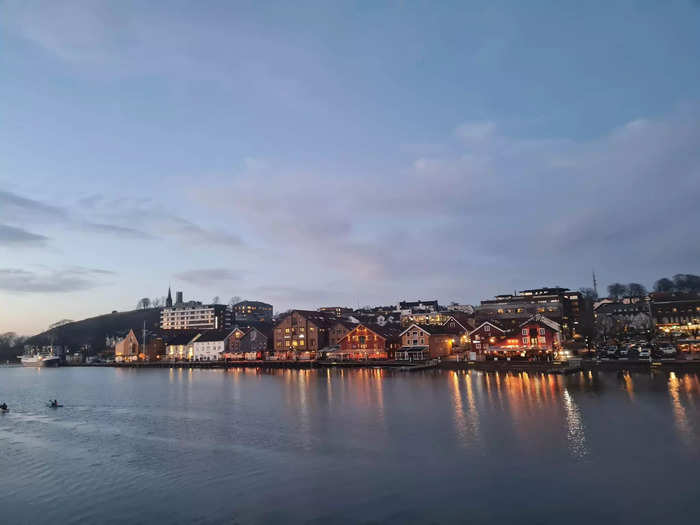
On March 22, I flew from Scotland to Tønsberg, which is thought to be the oldest city in Norway, according to the website Life in Norway. I spent two days exploring Tønsberg and the nearby Hvasser, an island village with gorgeous scenery, before taking a train to Oslo, where I spent another two days.
On the train to Oslo, I noticed some unique features that I hadn't spotted on any other trains.
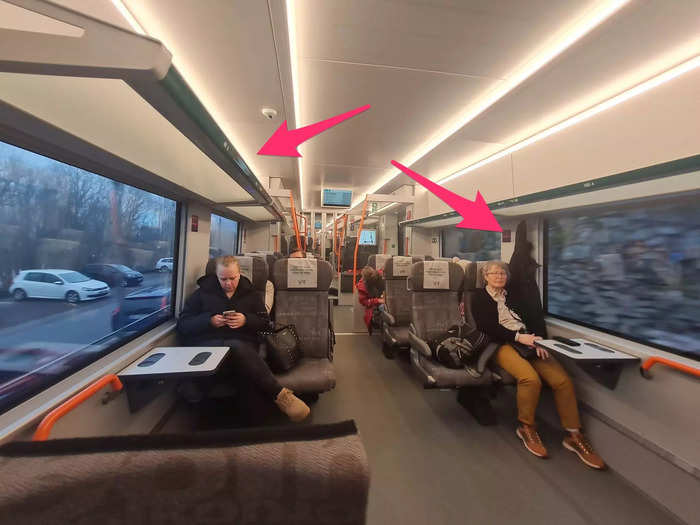
The train from Tønsberg to Oslo took just over an hour and was operated by the Norwegian bus and rail operator Vy. It had many similarities to the trains in Luxembourg and Belgium, including the comfortable seats, the spacious carriages, and the luggage racks.
But there were also some features I hadn't noticed on other trains, including hooks above the seats for people to put their jackets or backpacks, and power outlets that were also above the seats.
The bathrooms on all of the trains I boarded were tiny but clean.
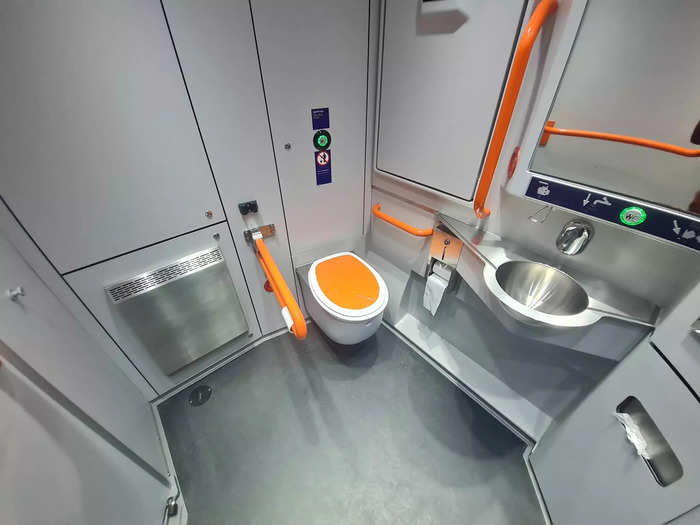
I was impressed with the cleanliness of the bathrooms on all of the European trains I boarded, especially the bathroom on the train to Oslo. They each had a toilet, a sink with hand soap, tissue, and a mirror. I could tell that each one must have been cleaned regularly, as there was never any clutter or dirt, and there always seemed to be plenty of toilet paper.
I can't wait to visit more countries in Europe via train.
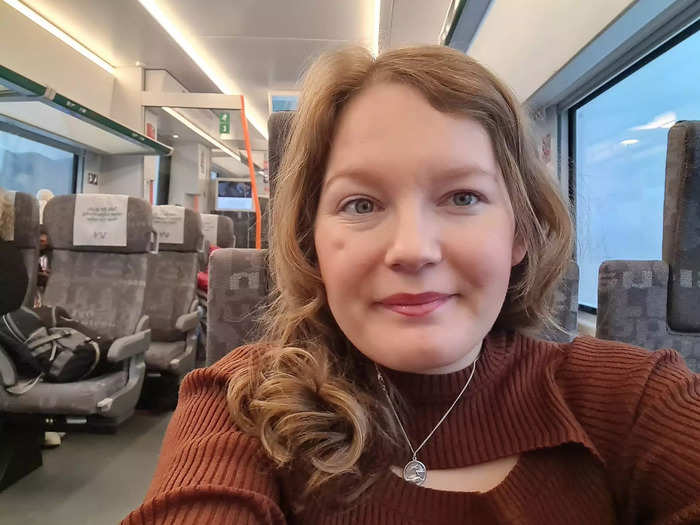
Overall, these train journeys were enjoyable and easy to navigate, and I can't wait to experience more rail travel in other European countries.
I'd definitely encourage anyone who's looking to explore Europe to travel via train, especially solo travelers who don't have access to a car and those who are traveling on a budget. It's fun, comfortable, and a great way to see more places without breaking the bank.
Popular Right Now
Popular Keywords
Advertisement